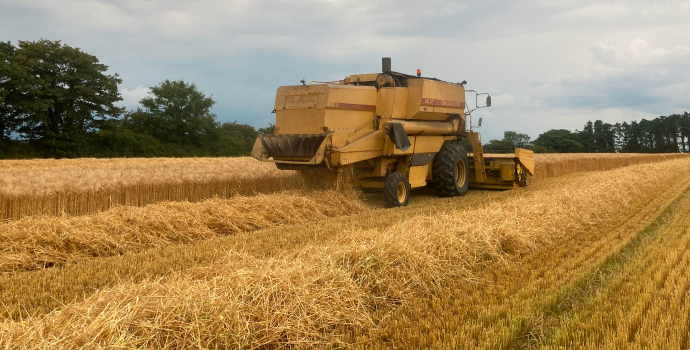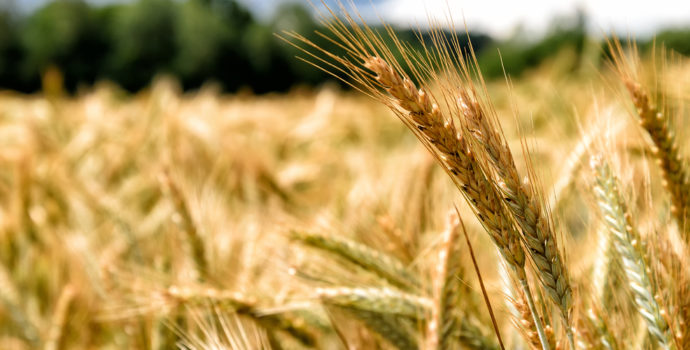
Irish grain prices remain steady, however, barley is struggling as demand is light and there are reasonable stocks available. Last August, during the drought many buyers had bought ahead to protect themselves against shortages but with the surge in fodder supplies into the Winter this did not materialise and the quantities ordered were not required.
The price differential with maize continues to stifle demand for barley also. In relation to beans it is encouraging to see a forward price of €220/t for 2019 contract beans offered by one of the feed merchants last week.
New crop 2019 Irish prices.
Basis November ex. store are €192/t – €195/t for wheat and €185/t – €188/t for barley while OSR is at €380/t
Native/Import Dried Prices
| Spot / Jan 24th 2019 | Feb – Mar 2019 | April – Jun 2019 | |
| Wheat | €217/t – €219/t | €218/t – €220/t | €220/t – €222/t |
| Barley | €215 | €215 – €217 | |
| Oats | €245 – €255 | ||
| OSR | €375 | ||
| Maize (Import) | €182 | €183 | €185 |
| Soya (Import) | €340 | €342 | €345 |
The International Grains Council (IGC) has raised its forecasts for world wheat production in the 2018/19 season, partly driven by upward revisions to crops in Russia and India. They increased the wheat crop forecast by 8 million tonnes to 737 million although that remained below the prior season’s 767 million, the first year-on-year decline in six years.
The IGC also said its preliminary projections for the 2019/20 season pointed to a 2 percent rise in global wheat production to 751 million tonnes. For Irish and Northern hemisphere producers this is the important number as this figure will include the 2019 harvest. In general wheat prices are steady across all markets and continue to trade within technical ranges. In the past week, prices were on the higher side due to the increase in the export price of black sea grain. The stronger Russian rouble, concerns over state plans to regulate grain exports and lower supply have all contributed to these price rises.
The IGC also increased its world corn (maize) crop forecast for 2018/19 by 3 million tonnes to 1.076 billion, driven by upward revisions for Ukraine (35.5 million versus 33.5 million) and the EU (65.0 million versus 61.5 million). Initial estimates predict corn plantings in the US to increase by 3% this season while wheat should remain similar to last year. Again, corn prices have remained within recent technical levels but a number of factors such as doubts over the planting of the Winter corn crop in Brazil, stronger ethanol production in the US and the possibility of increased Chinese imports have helped to support prices.
Global soybean production in 2018/19 was seen at 363 million tonnes, down from a previous forecast of 367 million due weather issues in South America according to the IGC. The dry weather in north eastern brazil and wet weather in the south of Argentina continues to threaten production in the region. This along with continued optimism on trade talks has supported soybean prices this week although we remain within recent ranges due to the lack of any major fundamental news. It’s interesting to note that recent figures from the EU commission indicate that the US is the largest supplier of soybean into the EU with 75% of the market. These Imports are also up 11% on last year which probably reflects the redirection of some supply of product from China to the EU because of the recent trade embargo. In relation to EU rapeseed imports, 84% are from the Ukraine which are also up 10% on last year.


